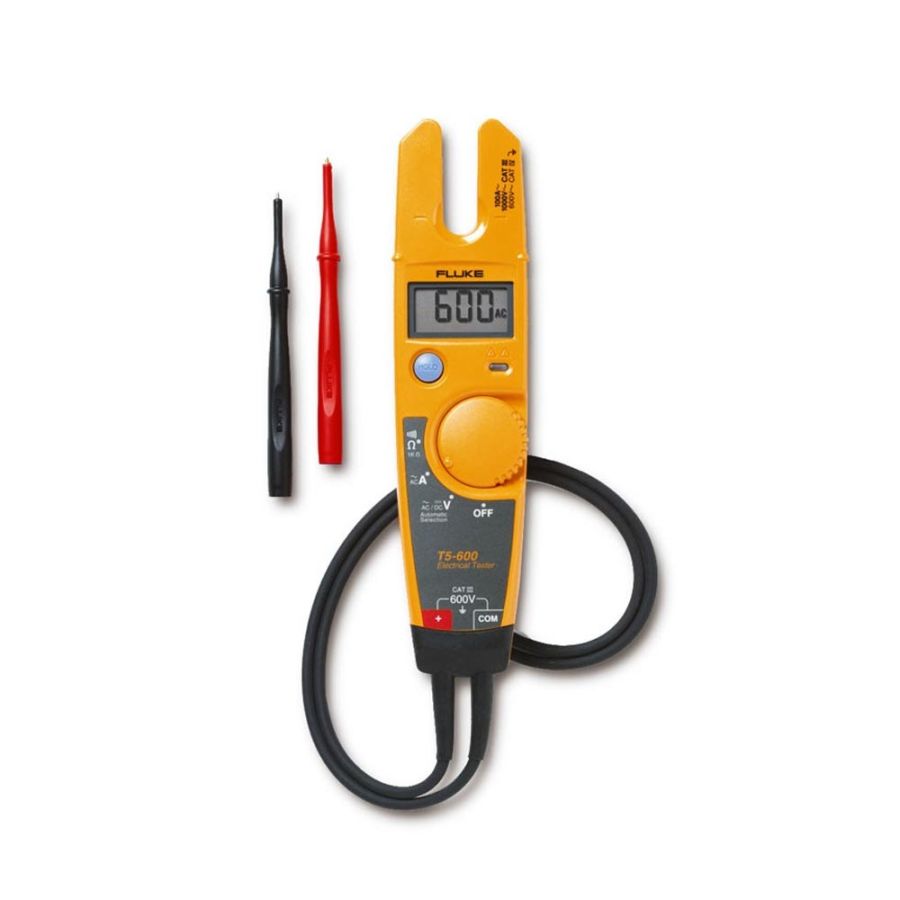
One of the important details you need to know when troubleshooting electrical equipment failures or the switching on and off of circuit breakers is whether there is a nonlinear load connected to the circuit in question. Nonlinear loads; It comes from equipment such as computers, electronic controllers, variable speed drives, energy-efficient lighting such as LEDs, and high-efficiency HVAC systems that draw current in short pulses instead of a flat sine wave. These pulses cause the harmonic current to flow back to other parts of the power system, creating non-sinusoidal waveforms. As a result, overheating of the system, malfunctions and after a while malfunctions occur.
To help identify the underlying problem faster, you need to accurately measure the rms current and compare it to the nominal rms value for that component. "rms", which stands for "average square root value", calculates the effective value (or heat value) of any ac waveform. In the context of electricity, the ac rms value is equivalent to the dc heat value of a given voltage or current waveform. Electrical components of circuit breakers such as fuse, busbar, conductor and thermal element; Since the fundamental limitations have to do with heat dissipation, they are evaluated in terms of RMS current.
If you are measuring the linear load of equipment such as standard induction motors, resistance heaters or incandescent lamps, you can easily make accurate rms measurements with an average response meter. However, if there is a nonlinear load on the circuit in question, you must use the true-rms meter to obtain accurate results regarding the rms values. Otherwise, the value of your measurements can be read as low as 40%.
Average response vs. true-rms
Instruments with average response, such as the Fluke T5 electrical tester, calculate a value based on the assumption that the item being measured is a pure sine wave. These instruments use a shortcut method that captures the corrected mean of the ac waveform and calculates the rms value by multiplying this mean by 1.11. The result is not real; is a value calculated based on the assumption that the waveform is a pure sine wave. If you are measuring a load with a pure sine wave, you will get extremely accurate results with this method.
 However, if you are measuring a circuit with a nonlinear load, the value offered by the average response meter can be as low as 40%. This can delay the correct identification of the problem and lead to the replacement of components that do not need to be replaced.
However, if you are measuring a circuit with a nonlinear load, the value offered by the average response meter can be as low as 40%. This can delay the correct identification of the problem and lead to the replacement of components that do not need to be replaced.
A true-rms class measuring instrument has a built-in circuit that calculates the temperature value based on the rms formula. This method returns the correct heat value regardless of the current waveform. As a result, you can precisely measure the correct load current to determine if the circuit is faulty or overloaded, or if the problem is in the load.
The following table provides a few examples of how average-response instrumentation and true-rms tools respond to different waveforms.

Search for the true-rms tag
If you only need to measure circuits with linear loads, you can make precise measurements with an average response device such as the Fluke T5. However, if you work in non-linear environments or with two different types of loads, you should always use a true-rms class meter.
There is a wide range of true-rms tools such as DMMs, current clamps and electrical testers. The Fluke T6 Electrical Tester is an example. Look for "true-rms" on the front or back panel of the tool to examine its properties to make sure that the tool you selected is true-rms class. If the tool is true-rms class, this is indicated on the tool, in the product specifications, or in both positions. Instruments for which you cannot see the true-rms property are likely to have average responsiveness.
Measure true-rms current and voltage without test leads
Equipped with integrated FieldSense technology, the Fluke T6 Electrical Testers don't just measure voltage. True-rms also measures ac voltage and current. So you can quickly get accurate values when measuring both linear and nonlinear loads. FieldSense technology eliminates the need for test leads in most cases*. By sliding the forked bit tester over the conductor, you can view the current and voltage values separately or together.
Key features:
* Voltage measurement; to the soil, it mostly requires the capacitive path provided by the user. In some cases, a ground connection with the test tip may be required.
 SİZİN DÜŞÜNCELERİNİZ?
SİZİN DÜŞÜNCELERİNİZ?